This page provides a brief overview of specialty training in O&G.
For more detail, including who’s responsible for delivering training and how your progression through training will be recorded and assessed, please read the introduction to specialty training in O&G.
Specialty training in O&G: an overview
When you enter specialty training in O&G, the RCOG will provide you with an ePortfolio to log your achievement of the competencies in the curriculum, as well as your inductions and appraisals and workplace-based assessments. The RCOG and your deanery will also keep in touch with you via the ePortolio.
Throughout your training, the College will set out the criteria and content for training, and provide guidance on educational support material and training courses.
The diagram represents the training programme in O&G, and the text below provides more information about each stage.
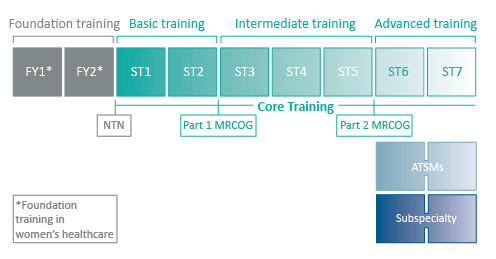
Years 1 and 2 (ST1 and ST2): basic training
In ST1, you’ll start to gain experience in all areas of the specialty, working alongside other new trainees and others at higher levels. You’ll work with several consultants across a range of specialties, but will have one consultant who’ll be your Educational Supervisor. After satisfactory assessments, you’ll progress to ST2.
You’ll spend a minimum of 2 years at ST1–2, to give you time to achieve all the required competencies. To progress to ST3, you’ll need to pass the first part of the RCOG membership exam (Part 1 MRCOG).
Years 3–5 (ST3–5): intermediate training
Once you’ve progressed to ST3, you’ll spend the next 3 years obtaining further experience in all areas of the specialty. You’ll gain increasing independence, with a broad base of knowledge and expertise on which to develop advanced skills and make career plans. Some trainees have a very clear idea of their particular areas of interest before they start specialty training, but most find they identify their specific interests during intermediate training. If you’re keen on a particular aspect of the specialty, this is the time to start laying down plans for how you can develop your interest further.
To progress through training, you’ll need to achieve set competencies and have regular assessments. To progress to advanced training, you’ll need to complete all the intermediate competencies and pass the second part of the membership exam (Part 2 MRCOG).
Years 6–7 (ST6–7): advanced training
In your final 2 years of training – which you need to complete before applying for your final qualification, the Certificate of Completion of Training (CCT) – you’ll consolidate the skills you’ve already learned during specialty training and develop your own interests in more detail. This will include topics such as medical management and clinical governance alongside clinical procedures, to ensure you’re properly prepared for the non-clinical aspects of working as a consultant in the NHS.
As not all consultants will carry out the same breadth of work, the advanced training curriculum reflects the variety within the specialty. You can choose to complete Advanced Training Skills Modules (ATSMs) or apply for subspecialty training.
ATSMs
There are 20 ATSMs to choose from, based on the skills suitable for future career progress within the consultant pathway described in the RCOG report The future role of the consultant. You’ll be offered careers advice in ST4 to help you make realistic decisions about which ATSMs to take up in ST6.
Find out more about ATSMs, including a list of all the modules.
Subspecialty training
Subspecialists are obstetricians and gyanecologists who, having undertaken appropriate additional higher training, are recognised to have subspecialty expertise in their field. This higher degree of specialisation indicates intensive training and experience beyond that which can be achieved in normal advanced training.
There are 4 subspecialties in O&G:
- Gynaecological oncology
- Maternal and fetal medicine
- Reproductive medicine
- Urogynaecology
You can apply for a subspecialty training post at any stage after you’ve completed intermediate training and passed the Part 2 MRCOG. Posts are advertised in the BMJ. The training lasts for 3 years: 2 years of clinical training and 1 year of research. If you already have a higher degree or have produced appropriate publications, it may count towards the research component. The training programme is set out by the relevant subspecialty. You’ll normally continue to undertake on-call work in general O&G during subspecialty training.
Find out more about subspecialty training.
Less than full-time training
If you wish to work part-time, you can apply for less than full-time (LTFT) training, funded by your regional postgraduate dean or through job sharing. Approximately 20% of trainees are in LTFT schemes, and it’s anticipated that demand from both genders will increase in the future. You can go on to take up a full-time appointment later in your career, or choose to stay part-time. The RCOG strongly supports LTFT training, but you will need to arrange this on an individual basis, and it’s advisable to try and arrange this early.
Certification of training and specialist registration
To be able to practice as a consultant in the NHS, you’ll need to be entered on the Specialist Register. On successful completion of your training, the RCOG will recommend you to the General Medical Council (GMC) for inclusion on the Specialist Register.
Find out more about certification of training and specialist registration
Discover the opportunities offered by a career in obstetrics and gynaecology.
Find out more about a career in O&G
The O&G careers prospectus also includes:
- The medical student experience of O&G
- Foundation training
- Specialty training in O&G
- Research and academic training
- Assessment and exams
- How the RCOG supports and works with trainees
- Working life in O&G
- Personal profiles of O&G doctors
For more information, please visit the main careers page or read the careers FAQs.
Elsewhere on the site
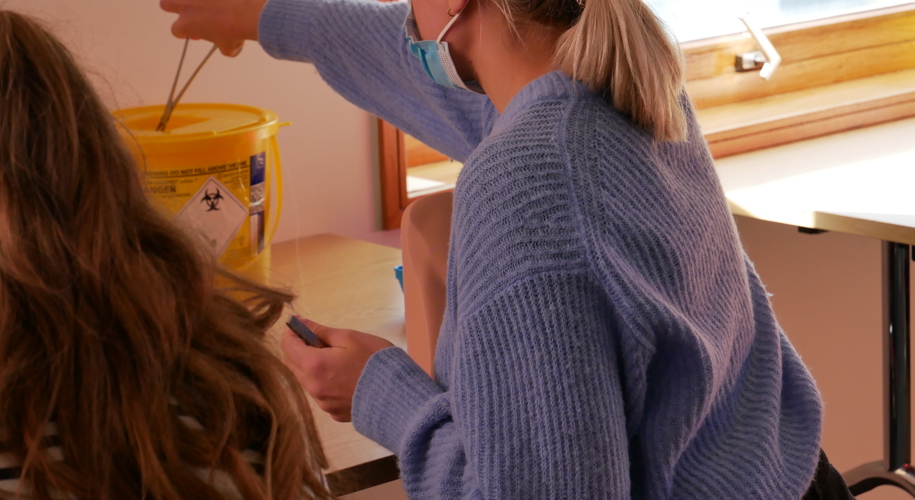
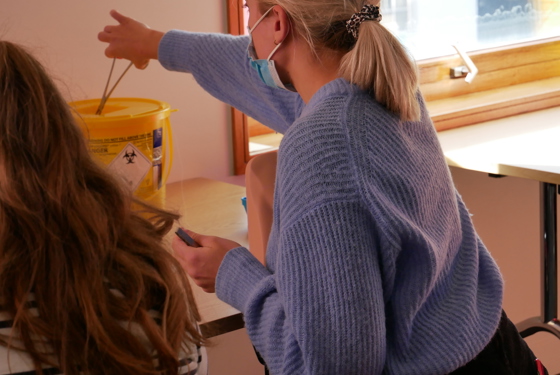
Specialty training in O&G
Overview of the specialty training programme in O&G, including assessment and certification of training
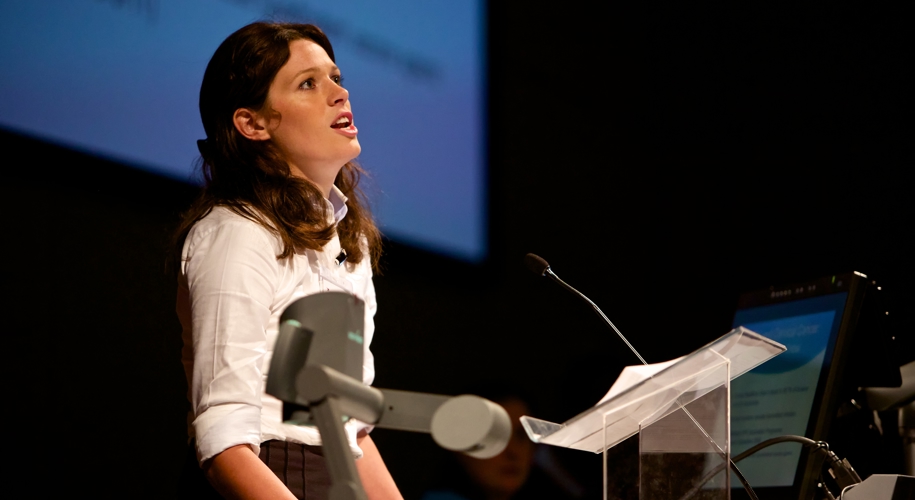
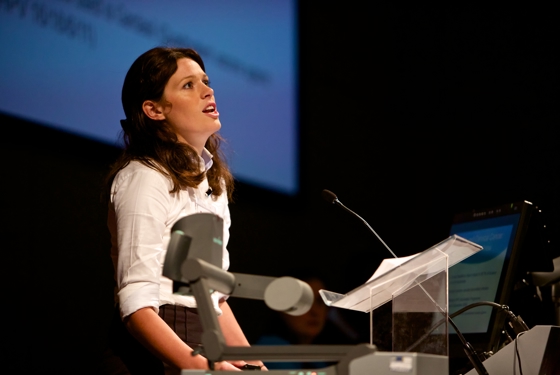
About the College
Find out more about the College and how we support our members
